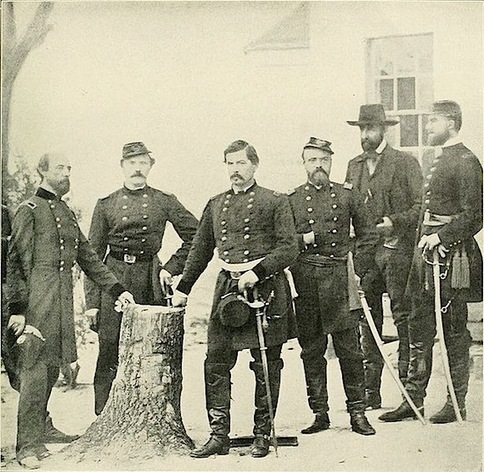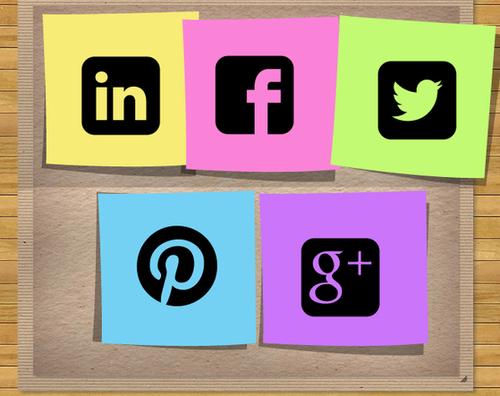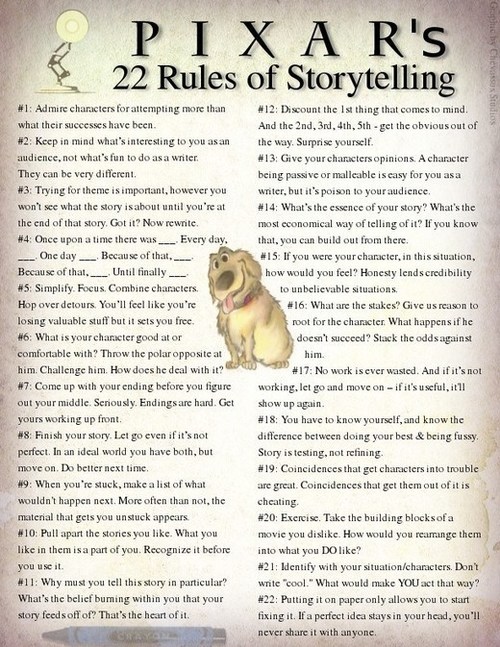See on Scoop.it – Story Selling

“I believe that there’s a big difference between treating your content as a marketing asset and treating it like a product. In the future more and more marketers will focus on creating content as brands themselves.”
“Brands that increase demand for the products they sell. Here’s a quick anecdote:”
“Selling powdered milk… Defiance, a powdered milk company, was having a really hard time penetrating a crowded market against 300 other brands.”
“They’d tried advertising, but it didn’t seem to sell more dried milk. The advertisements did spark thousands of consumer inquiries on how to take care of a newborn baby.”
“Instead of ignoring those inquiries, the CEO Joe Nathan hired…”
From an interview with Andrew Davis @tpldrew, the Author of Brandscaping
Read more: http://www.b2bmarketinginsider.com/content-marketing/branded-content-to-content-brand
Ken Jondahl‘s insight:
Included in the article is a great "founding story" about Joe Nathan’s company. As I read the story, the "why" as defined by Simon Sinek comes out for me. I’m curious what you think the why is behind responding to 1000’s of customer inquries? Even when the questions had very little to do with the product being sold.
Try to name the company who was making powdered milk back in 1908, knowing their products are all around you today?
How would I use this founding story if I was in sales or marketing? Using the "why" of the story, I would leverage "how" they do things today to make the "what" which is all around us.
Also make sure, as you are telling a company story, your story fits in someplace at some time. Your "why" and the company "why" need to be in sync, or your customers may question your integrity. Lip service only goes so far.
Watching successful sales and marketing individuals over the years. Those who pull out in front always believe in themselves, the company and the products they offer. Their customers are also some of the happiest I have seen.
As you read the interview with Andrew, it is clear he believes in what he says. Quality over quantity is important. And any time we create content, it is to help our customers envision a better way to do things.
See on www.b2bmarketinginsider.com





 “You cannot avoid sending nonverbal messages; however, it is possible to train yourself to send the right ones. Here are ten nonverbal cues that convey confidence and credibility in the workplace.”
“You cannot avoid sending nonverbal messages; however, it is possible to train yourself to send the right ones. Here are ten nonverbal cues that convey confidence and credibility in the workplace.”

 “There is a popular style of writing sales copy that starts with casting a hook.”
“There is a popular style of writing sales copy that starts with casting a hook.”